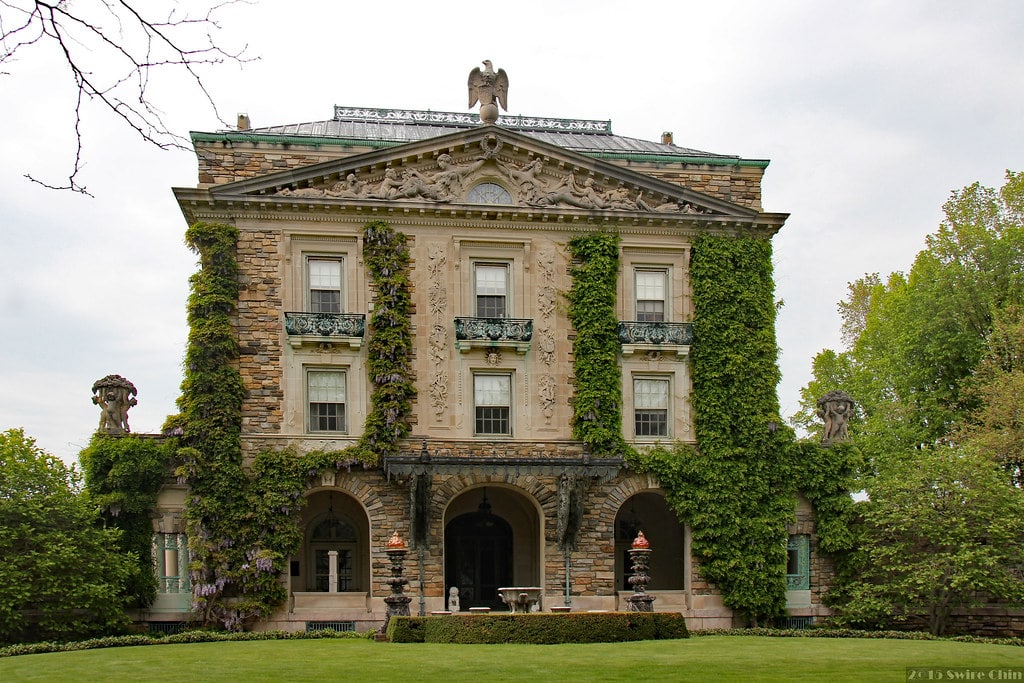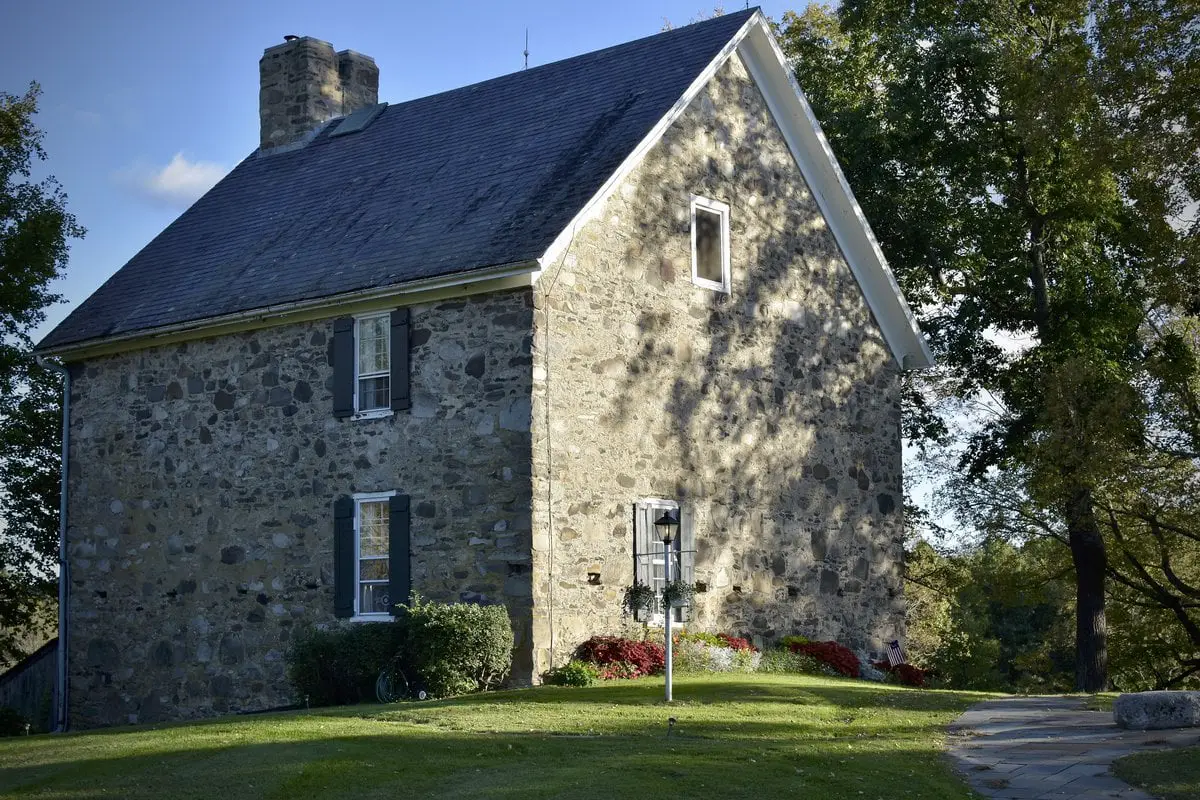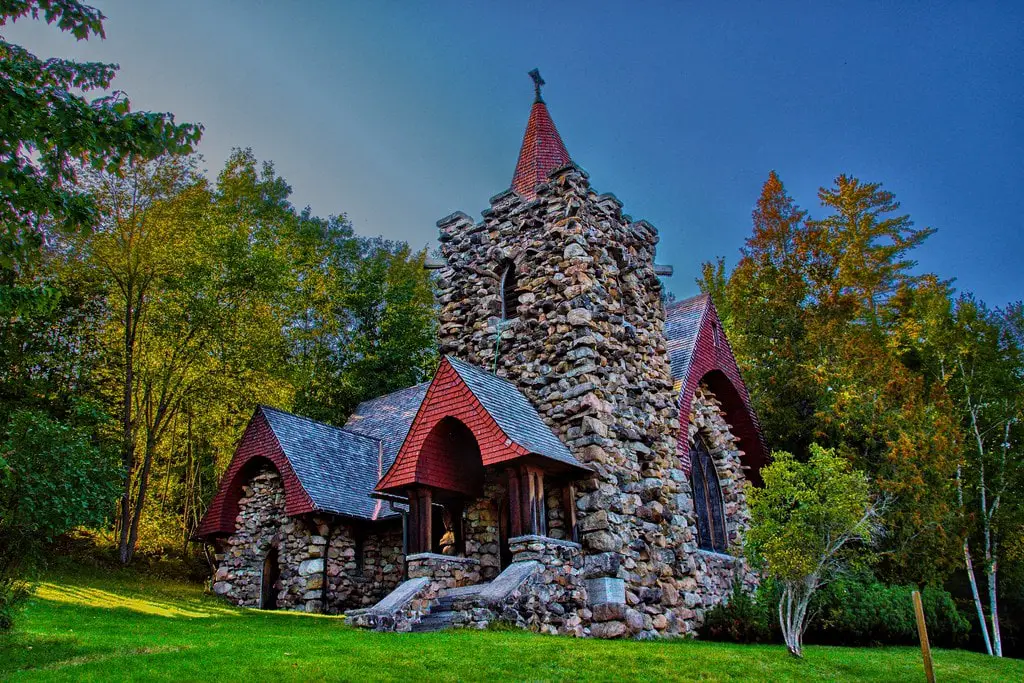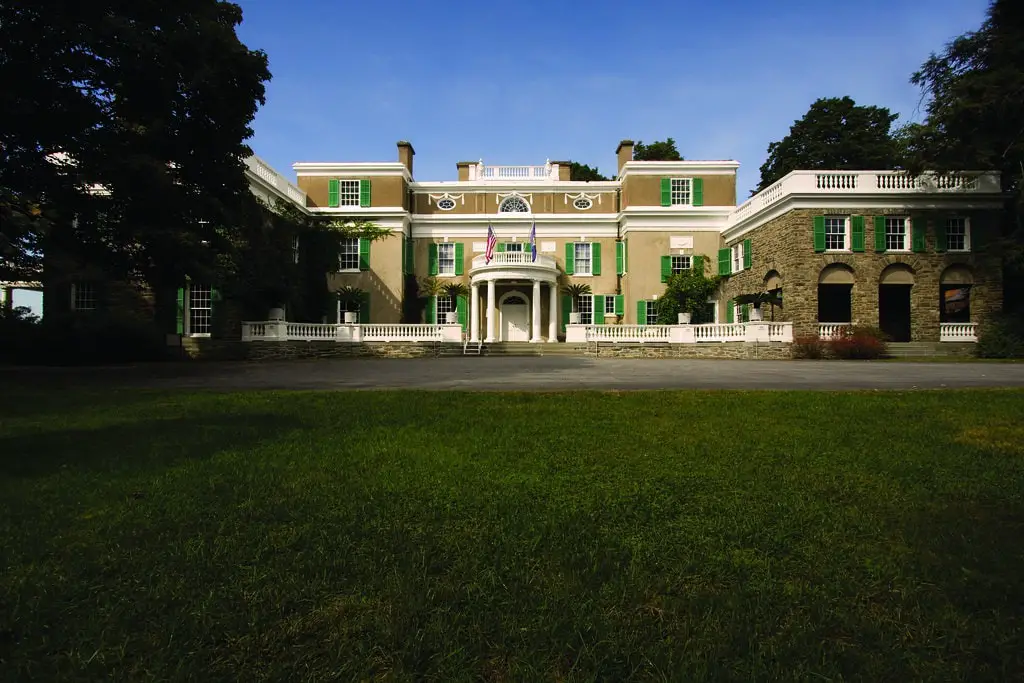Origins and Construction of Van Cortlandt House
The story of the Van Cortlandt House begins in the late 17th century on land that Jacobus Van Cortlandt purchased in 1693.
At the time, this area was part of Yonkers, located in what was then Westchester County. Over the years, the Van Cortlandt family expanded their holdings, gradually assembling a sprawling estate that would later become Van Cortlandt Park in the Bronx.
By the mid-18th century, Frederick Van Cortlandt decided to build a house that would serve as a centerpiece for the estate. In 1748, construction began on what would become a stately Georgian-style mansion.
Local fieldstone was chosen for its durability and aesthetics, giving the building a timeless appearance. The symmetrical facade, typical of Georgian design, reflected the architectural trends of the time.
Unfortunately, Frederick did not live to see the project completed. He passed away in 1749, leaving the nearly finished house to his family.
Despite his death, the house was completed that same year and became both a residence and the operational hub for the plantation. Its design featured practicality and elegance - qualities that made it stand out among other structures in the region.
Nestled on the estate, the Van Cortlandt House would later become a symbol of the family's economic and social influence. It also played a pivotal role in shaping the area's history, offering insight into colonial life and the dynamics of trade and agriculture.
For those exploring things to do in the Bronx, New York City, this house serves as a gateway to understanding the region's early history.
The Van Cortlandt Family and Their Estate
The Van Cortlandt family rose to prominence in New York during the 17th and 18th centuries. As successful merchants and landowners, they established themselves as influential figures in the colony's economic and political spheres.
Jacobus Van Cortlandt, the original purchaser of the land, served as Mayor of New York City, a role that reinforced the family's status and connections.
The estate functioned as a plantation, producing grains and other goods for trade. Its proximity to waterways like Tibbetts Brook made transportation efficient, allowing the Van Cortlandts to ship goods such as timber and flour to markets further south. A grist mill and saw mill operated on the property, highlighting the family's role in regional commerce.
Labor on the plantation relied heavily on enslaved Africans, a harsh reality of the era. Enslaved individuals performed tasks like farming, milling, and maintaining the property.
Historical records from the early 18th-century detail the plantation's operations, including livestock such as cattle, sheep, and poultry, as well as crops like flax and fruits.
While the family primarily lived in Manhattan, they maintained the estate as a working plantation. Over time, the Van Cortlandts' wealth and influence grew, supported by both their trade ventures and political activities.
The estate's operations continued to expand under successive generations, cementing its role as a key economic hub in the area.
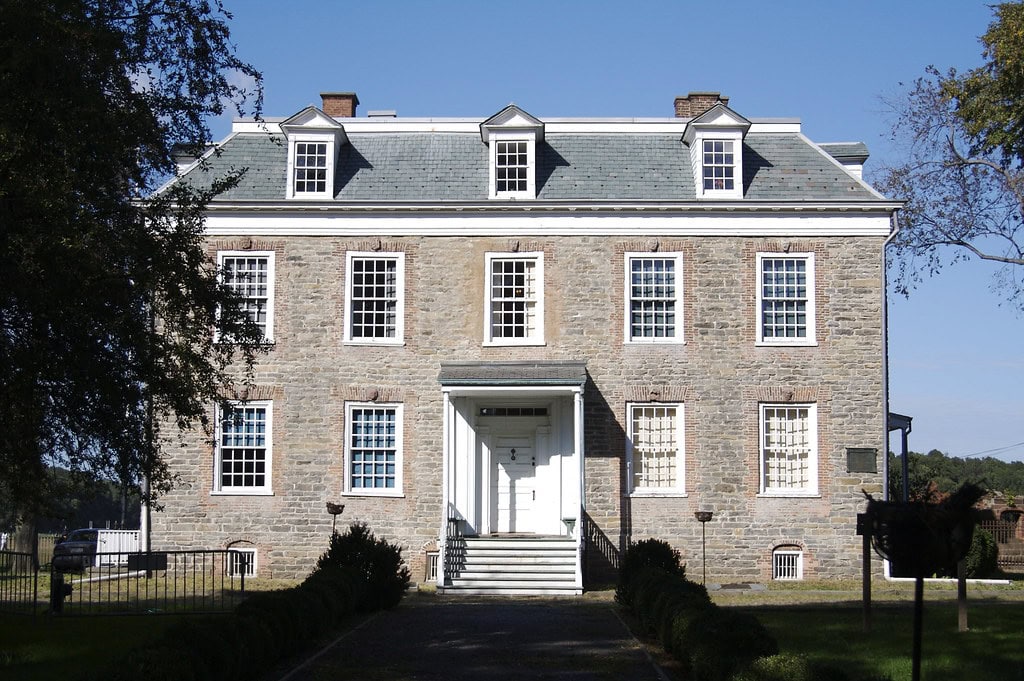
Role During the American Revolutionary War
The Van Cortlandt House became an important site during the American Revolutionary War due to its location near strategic transportation routes.
Its position along the old Albany Post Road and near the Hudson River placed it at the center of military movements. Both British and American forces used the house at various times during the conflict.
In 1776, after the Battle of Long Island, General George Washington used the house as a temporary headquarters. Later that year, British forces under General William Howe occupied the property, marking a period of shifting control.
Augustus Van Cortlandt, serving as City Clerk of New York, hid important city records in the family burial vault to protect them from British forces.
The estate's grounds also hosted military leaders like the Marquis de Lafayette and the Comte de Rochambeau.
Washington returned to the house in 1781 to coordinate troop movements, using the grounds to deceive the British with false campfires. This tactic allowed American forces to move south undetected, eventually leading to the victory at Yorktown.
Throughout the war, the Van Cortlandt family maintained a neutral stance, aiming to protect their property and interests. Despite being occupied by both sides, the house survived the war largely intact.
The events of this period left a lasting mark on the property, making it a focal point for Revolutionary War history in the region.
Transition to a Public Museum
In the late 19th century, the Van Cortlandt estate faced changing circumstances. Urban development began encroaching on the area, and the Van Cortlandt family decided to sell portions of their land.
In 1888, the City of New York acquired the property under the New Parks Act, establishing Van Cortlandt Park, one of the city's first major green spaces.
The house itself initially served a practical purpose, housing the New York State Police and later the New York National Guard.
These organizations used the mansion as a barracks and administrative space, reflecting its adaptability even as the surrounding estate transitioned into a public park.
In 1896, the National Society of Colonial Dames in the State of New York leased the house with the goal of converting it into a museum.
Restoration began shortly afterward, focusing on preserving the mansion's original Georgian features. The house reopened to the public on May 28, 1897, making it New York City's first historic house museum.
The Colonial Dames restored the house to reflect its 18th-century appearance, ensuring that visitors could experience the property as it would have been during the Van Cortlandts' era.
They also introduced educational programs and exhibits to highlight the estate's history and role in New York's colonial period.
Over time, the museum became a key attraction within Van Cortlandt Park, offering both locals and tourists a glimpse into the past.
The Van Cortlandt House Museum Today
Today, the Van Cortlandt House operates as a museum dedicated to preserving and interpreting the estate's history.
Visitors can explore period-accurate rooms filled with original furniture, artwork, and artifacts that provide a vivid picture of 18th-century life. The dining room, for example, showcases restored paneling, a marble fireplace, and porcelain that once belonged to the family.
Educational programs remain a cornerstone of the museum's mission. Guests can participate in guided tours, self-paced explorations, and special events that delve into the lives of both the Van Cortlandt family and the enslaved individuals who worked on the estate.
These programs often incorporate archaeological findings from excavations conducted on the property over the years.
The museum has also embraced modern preservation techniques to maintain the mansion's structural integrity.
Projects in recent decades have included roof repairs, updates to mechanical systems, and restoration of original architectural details. These efforts ensure that the house continues to reflect its historic character.
As part of Van Cortlandt Park, the museum is surrounded by scenic grounds that invite further exploration. The site's location near the Riverdale neighborhood makes it a popular destination for visitors looking to experience both history and nature in the Bronx.

